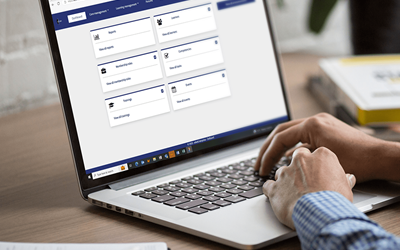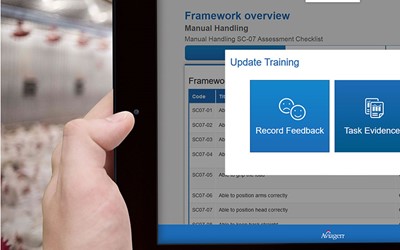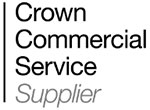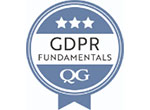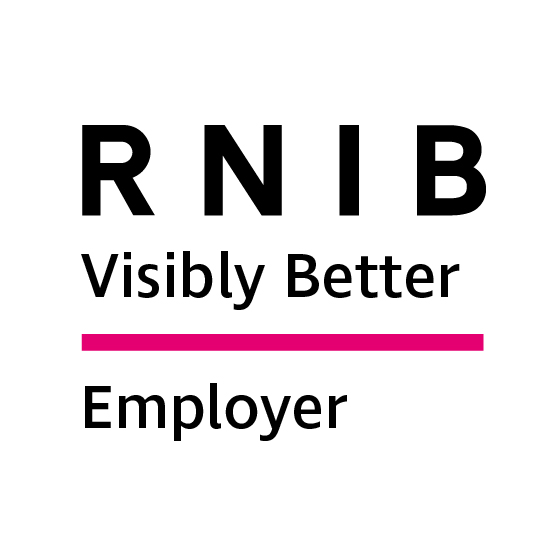Managing performance with a hybrid workforce
If maintaining a hybrid workforce is your priority, here is a solution.
In a hybrid world, it is difficult to manage staff performance and accountability. With some workers in and some not, there needs to be an obvious way where bias is not involved.
Many companies have insisted that remote workers attend the premises at least a number of days per week. This blanket approach has brought both disquiet in the job satisfaction ratings, causing the best workers to leave, and also instigates feelings of lack of trust. A recent study by the University of Pittsburgh* found that return-to-office policies had an adverse effect on employee engagement and no changes in financial performance. Many report these in-office days as the least effective, as there are too many distractions, and they then have to catch up when back at their home base.
So how can we achieve improvements in performance and manage accountability?
Posted 27 March 2024
There are many reasons productivity is an issue, but poor performance is probably at the core of the issue, and the lack of robust data to back this up is why the issue still continues.
So what does a data approach look like?
This is where reports are available across the organisation that can be drilled down to departments and individuals to indicate any performance issues that can be addressed in a timely manner. Organisations that have already got this in place have found that this has been a game changer in being able to report improvements to executive teams and also show where the human capital is adding to the financial performance.
How do you get started?
Like everything, there will be effort involved and the need for leadership commitment to get it started, but once you are on the journey, it gets much easier. And the good news is that it is a win for everyone, as staff like the clarity, executives like the data, and the board likes the outcomes.
Every person in your organisation will have a job role, a corresponding job description, and a line manager, whom you need to win over as they are going to be your champion.
You might want to start with one area/department that is a priority, so you can test out your model.
Devise a template to be completed along with information on how to write outcomes, KPIs, competency statements, or some other type of action that requires evidence that is relevant to the job description and the type of work your organisation does.
Engaging line managers
A workshop (virtual or face-to-face) for line managers is a good start to get them to review the job descriptions of their staff, check they are up-to-date, and identify if there is any cross-over of job roles. You will be surprised at how many job roles you will find out about, and some will be equivalent to each other but called something else.
Once a list of performance outcomes is created for each job role, the L&D or HR team can review them and then enter them into a platform that can manage performance - our eNetEnterprise provides this functionality for our clients.
Some outcomes will be relevant to all staff and some will be specific to an individual worker; these outcomes can be setup as profiles against the job role and the employee's individual user account, so that anyone who undertakes that job role, will be issued that profile. Individual requirements can be managed by the line manager.
This might seem like a big task, but breaking it down into manageable chunks allows you to get started, and it is typically done as a one-off project around any organisational review that is being undertaken. eCom staff are able to assist with templates, provide training on how to write statements, support the creation of the data store, and identify suitable evidence.
The importance of evidence
Once the data is in and the employee and line manager are setup, it is up to the line manager to record the evidence of performance. This can be the completion of a suitable checklist during a discussion and can be built up over time to involve actual performance-related activities. Both parties sign off, and a forward plan is created. The evidence can be delivered automatically from the platform if the employee undertakes any events, discussion groups, courses, submits any forms or surveys, or reads any resources.
Finding ways of driving up employee engagement, is through trust, clarity and self-direction.
Most workers are looking for flexibility; in fact, many non-office workers are working longer days and shorter weeks. In general, the pandemic has left a seismic shift in employees’ approaches to work-life balance.
All the momentum about remote work being less productive was from studies during or just after the lockdowns finished and is not representative of what’s happening now. Many organisations have got themselves mobilised to manage outcomes, and instead of blanket RTO policies, they are working with the managers and employees to devise the level of hybrid that suits the role and person. They are using the evidence from the required outcomes to drive the strategy, rather than just a face-to-face measure.
The next steps
If you would like to learn more about linking employee outcomes to business financial performance, please contact us today and see how we can help accelerate your success.
* Report by Pittsburgh University https://papers.ssrn.com/sol3/papers.cfm?abstract_id=4675401
Recent Posts
Mastering remote & hybrid learning with analyticsHarnessing data for future-proof workforce training
Bridging Worlds: Aligning personalisation with compliance in workforce learning
Optimising your workforce training for better performance
Towards a superior learning experience with analytics

